
10 Weird British Laws Still You Probably Don’t Know
Some of the weird British laws still in effect today include a ban on carrying planks of wood along pavements, unless you’re unloading them from a vehicle.
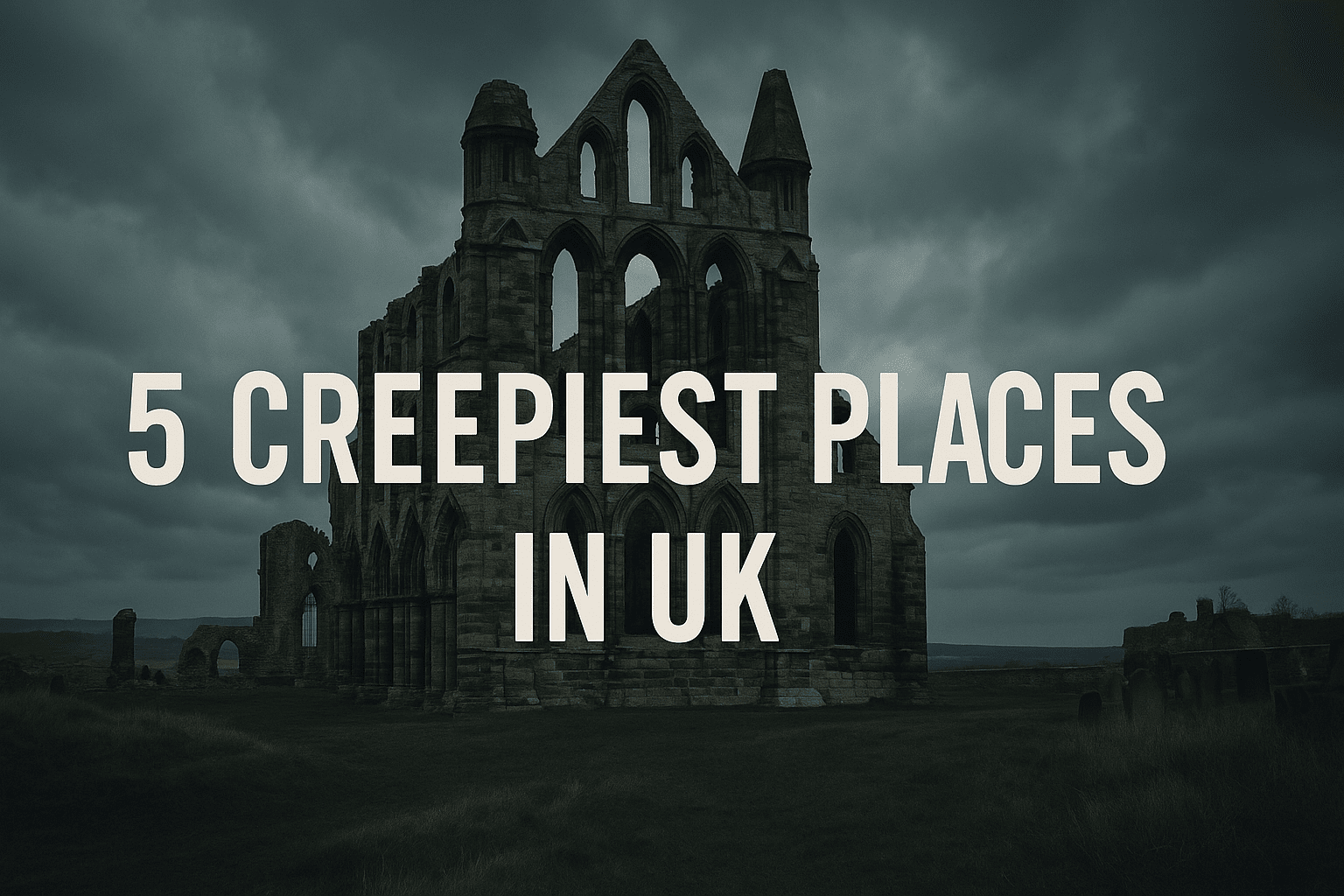
Across the UK, countless abandoned sites carry chilling reputations—from derelict hospitals and asylums to centuries-old castles and ghostly villages. Among the most unsettling are Whittingham Hospital, Newsham Park Hospital, and Rosslynlee Asylum, each steeped in mental health history and eerie paranormal reports. Other haunting spots include forsaken theme parks like Camelot and deserted settlements such as Stanford, long vacated for military use.
Whittingham Hospital, located in Preston, used to be the biggest mental hospital in Britain. It was important in the early use of brain activity tests called EEGs. The hospital closed in 1995 because new medicines and treatments helped patients live outside the hospital. Today, the area is being turned into a new neighborhood called “Guild Park.
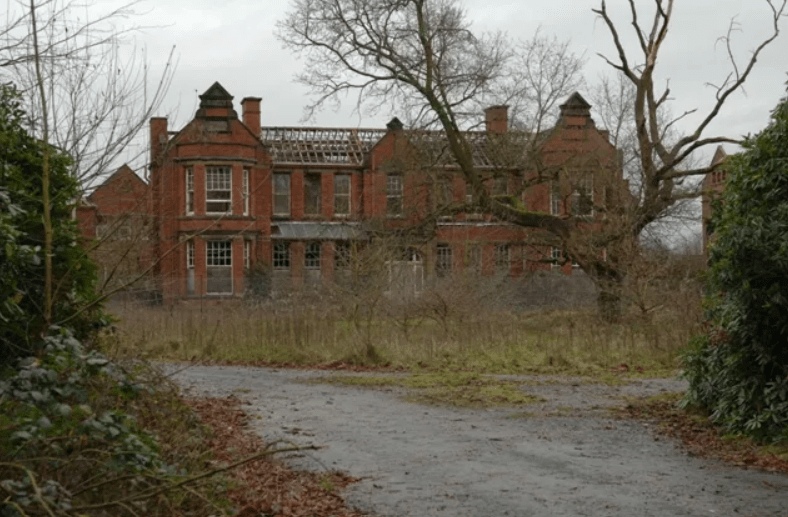
Urban explorers recount a haunted gravesite where a marker—said to belong to a mentally tortured patient—mysteriously repositions itself near an old football pitch every morning, no matter how many times it’s reset.
Nearby lies the infamous “Red Room”: a blood‑tinted deathbed once used to ease patients in their final moments. Abandoned, its crimson sheets remain undisturbed; a window frames a gnarly tree whose branches resemble a crucifix—witnesses say the room crackles with deep sorrow and dread .
Beneath the main buildings lie miles of dimly lit subterranean tunnels—once used for transporting bodies, goods, and coal via the hospital’s private railway.
Ghost hunters reported intact cables, flickering lights, and even found body‑bagged alcoves—tales that sound straight out of a horror film . The claustrophobic darkness and eerie stillness amplify the fear.
Over the years, multiple paranormal teams have captured:
In 1986, a night-shift nurse named Lawrence Butterfield felt a chill as his colleague froze mid-sentence. She whispered that she saw something on his shoulder—a fleeting dark form that vanished as quickly as it appeared. The experience left both shaken for the rest of their shift.
Walking into Whittingham today is like stepping onto haunted movie set:
Visitors often report overwhelming sensations of being watched, panic, and dizziness—suggesting the site’s tragic legacy still bleeds through.
Despite demolition and redevelopment plans (starting in 2007 and accelerating post-2016), lingering structures such as St John’s Church are Grade II listed—and their spirits remain. Now, a modern housing estate sits atop the land—but local lore insists the ghosts of Whittingham haven’t moved on.
Whittingham’s Legacy
From a state-of-the-art Victorian institution to scenes of scandal and suffering—and now a magnetic ruin for ghost hunters—Whittingham Hospital’s haunting stories are as deep as its tunnels. Disembodied music, apparitions in halls, and grief-laden rooms make it one of the UK’s creepiest abandoned sites—because here, the past truly never left.
Newsham Park Hospital in Liverpool is an old, abandoned building that used to be both a hospital and a home for sailors’ orphaned children. It’s now known for being run-down and is often called one of the most haunted old asylums in the UK. The hospital closed in the 1990s, and today, it’s a popular spot for ghost tours and paranormal investigations.
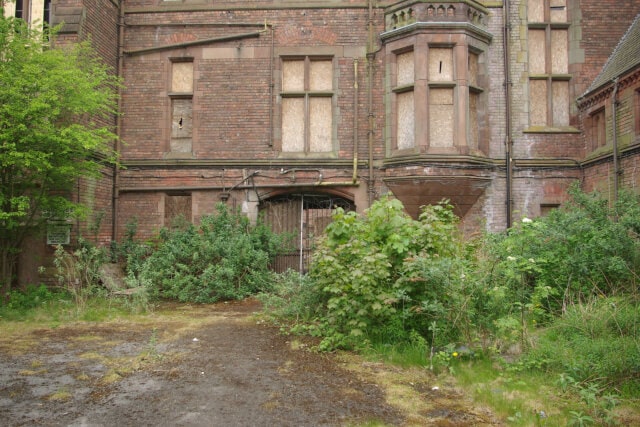
The transition from orphanage to asylum left deep emotional and spiritual imprints. At its height, the hospital housed hundreds of mentally ill patients, many of whom were kept in cramped, harsh conditions. The legacy of sadness, trauma, and unresolved pain still hangs thick in the air. Visitors have described the very walls as “watching” them.
Former staff have anonymously confessed that parts of the building, particularly the basement laundry and mortuary, were avoided at night due to unsettling feelings and unexplained cold breezes—despite heating systems working above.
Over the past two decades, Newsham Park has become a magnet for paranormal investigators, ghost hunting teams, and thrill-seekers. The ghost stories surrounding the building are numerous—and chilling.
Today, Newsham Park regularly hosts overnight ghost hunts. Events are typically limited to small groups and include access to:
Participants have used spirit boxes, thermal cameras, and dowsing rods—many claim to have recorded whispering names, sudden changes in EMF activity, and doors slamming on cue. Some even report being touched or pushed by unseen forces.
Perhaps more terrifying than the reported hauntings is the overwhelming silence. Every footstep echoes for what feels like forever. Paint peels like skin, old beds rest crooked on rusted wheels, and rooms feel charged, as if holding their breath.
Even skeptics have left Newsham Park visibly shaken, unable to explain the sensation of being watched from the shadows—or the muffled crying that seems to come from locked rooms.
Rosslynlee Hospital, located near Roslin in Midlothian, was once a psychiatric hospital and has been empty since it closed in 2011. It was originally called the Midlothian and Peebles Asylum and later became known as Rosslynlee Mental Hospital. The building is protected as a Grade C listed site, and there are now plans to turn the area into a housing development with luxury homes.
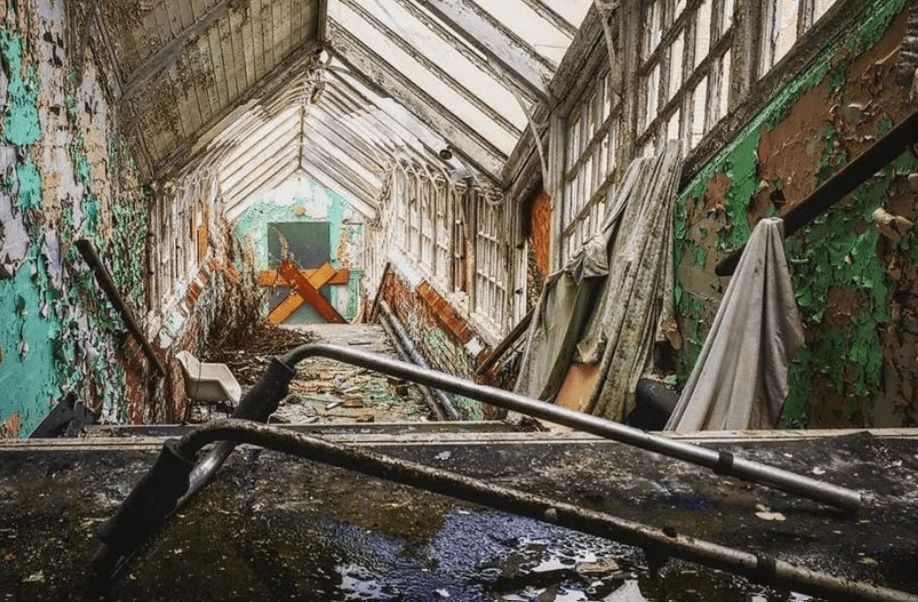
Once a sanctuary for mental health, now a canvas for the supernatural—Rosslynlee’s shuttered wings harbor echoes of its troubled past. From chilling photographs and ghostly apparitions to unexpected breath and whispers, it remains one of Scotland’s most haunted abandoned hospitals.
Once a vibrant kingdom of medieval fantasy, Camelot Theme Park now stands in haunting silence. Closed since 2012, this 140-acre site in Chorley has turned into a macabre, moss-covered playground—where urban explorers and paranormal investigators slip through shadows of bygone fun. The remains of the Knightmare roller coaster loom like rusting skeletal arms, and the deteriorating castle façade still guards over peeling booths and buried secrets.
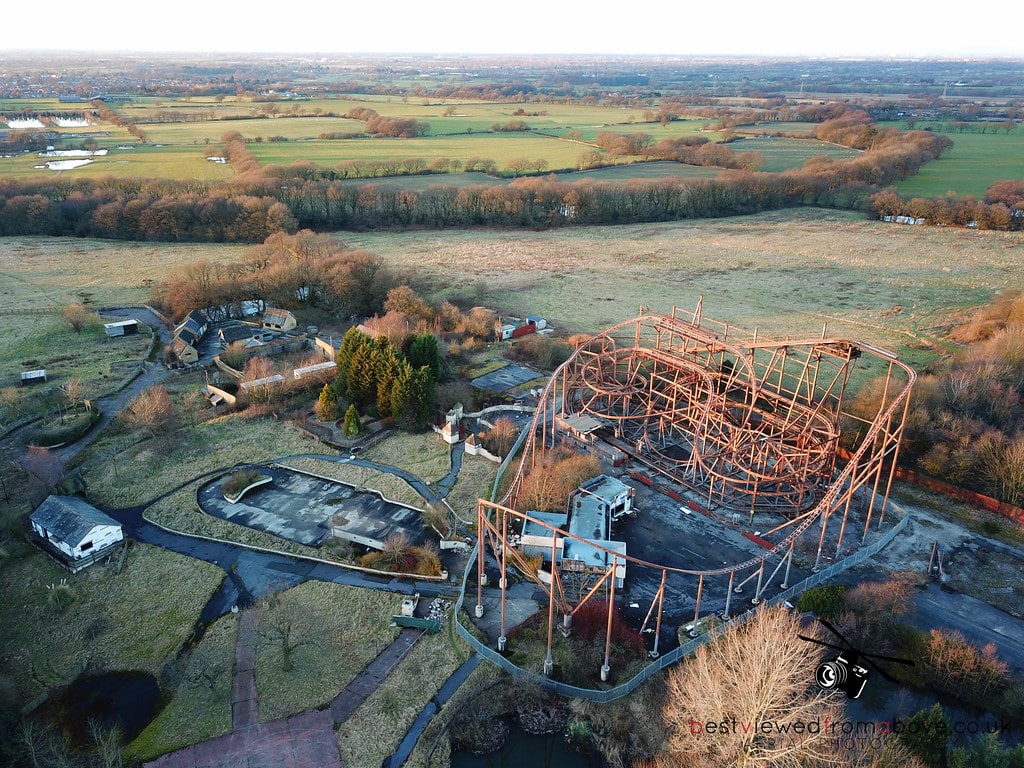
Opened in 1983, Camelot was themed around King Arthur’s mythos—complete with jousting, medieval decor, and kid‑friendly attractions like Excalibur and the spinning Dragon Flyer. Attendance declined sharply by 2012, resulting in a complete shutdown. Some rides were removed, but much was left behind—still standing silent and decrepit.
The tales from Camelot’s abandoned grounds range from unsettling to downright terrifying:
YouTube and TikTok feature eerie walkthroughs of the site—windows reveal dusty castle halls and rusting ride chains, while voices on the wind whisper through broken corridors. One viral clip captured a low hum near the Knightmare supports and the sensation of “gak!”—a sudden cold gust—as cameras rolled .
Current State & Future Plans
Demolition began in late 2020, with the iconic white castle entrance partially torn down. Meanwhile, local developers have proposed building ~350 homes on the site, a plan fiercely opposed by residents who want to preserve Camelot’s eerie charm and green space.
What once conjured visions of Arthurian glory now echoes with spectral amusement. Between flickers of carnival music, phantom riders drifting on broken rails, and paranormal investigations documenting the chilling energy—it’s no wonder Camelot is one of the UK’s eeriest abandoned theme parks. As new development looms, so too may the voices of its ghosts fade—if they haven’t already found a new home.
Tucked within the restricted Stanford Training Area (STANTA), this ghostly landscape includes Stanford, Tottington, and several evacuated villages. Abandoned in 1942, these villages were swept away by WWII training needs—and never reclaimed by their residents. Once picturesque communities featured in Dad’s Army, they now stand silent, their chapel towers and deserted lanes frozen in wartime time.
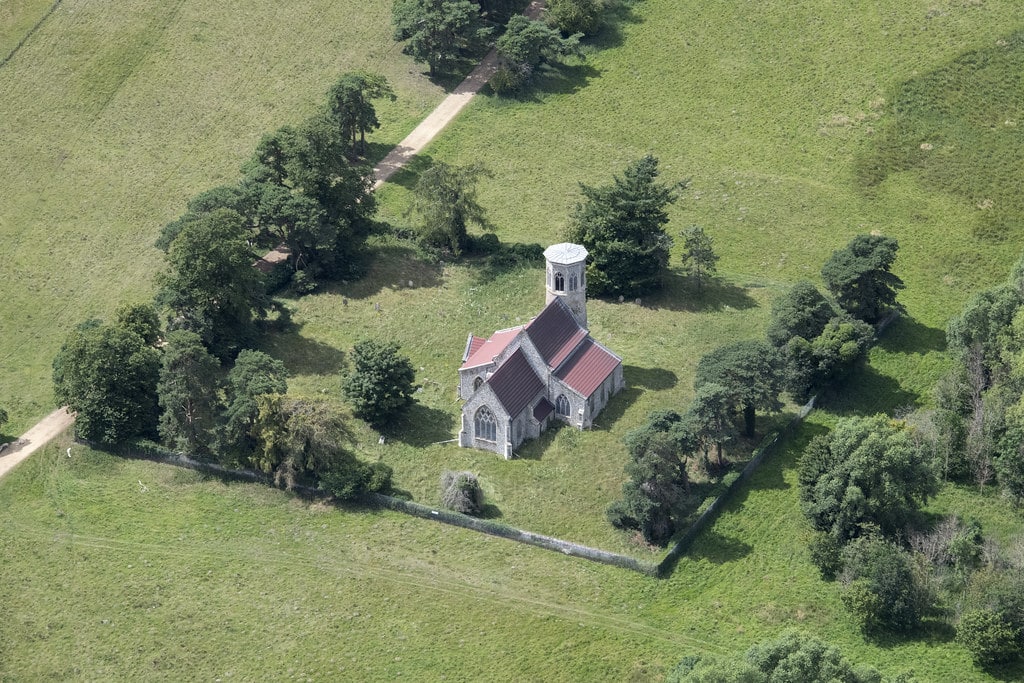
Stanford and Tottington aren’t just empty old villages—they are spectral time capsules. Ghostly prayers, phantom marches, and damp chapel echoes seem to remind us of the lives that once animated these lanes. The villagers may have gone, but their impressions linger.
These abandoned UK sites aren’t just empty—they’re alive with haunting echoes. Whittingham’s phantom hymns, Camelot’s carnival ghosts, and Stanford’s orphaned spirits still seek recognition. Even rotting walls remember.
Many people believe so. Some sites have documented paranormal activity, while others just feel off.
Some are open to the public, others require permission. Always check before planning a visit.
Autumn offers eerie atmospheres with mists and falling leaves, but always prioritize safety and daylight.
Yes—places like Woodchester Mansion and Boleskine House often host paranormal events.

Some of the weird British laws still in effect today include a ban on carrying planks of wood along pavements, unless you’re unloading them from a vehicle.

Discover the best park and ride options near London in this detailed 2025 guide. Explore smart locations, updated prices, and easy tips on how to use park and ride to save time, money, and avoid congestion and ULEZ charges.

Which countries still have the Union Jack in their flag? Learn about the four independent nations and multiple British territories that feature the Union Jack.